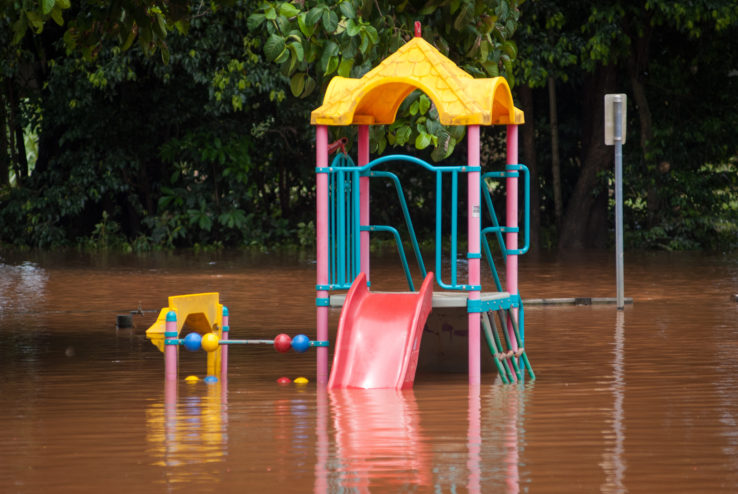After Harvey: Caring for our Kids
This week, thousands of young children will be pouring back into child care facilities after some time off for Hurricane Harvey. Whether you are directly affected by the crisis or reeling from the media images, I know you’re concerned about how all of this affects young children. In this article, I will share some tips for child care teachers who are faced with helping children after a hurricane.
Crisis and Stress in Children
Families and communities are the two most stabilizing factors in a child’s world, and both of these have been disrupted for thousands of children in Texas. Let’s prepare to help by understanding what children need. Children will respond to the stress in different ways and recover at different rates.
Levels of stress are affected by:
- How close they were to the disaster: Have they experienced being rescued by boat, living in a shelter, see videos of the flooding, or feel the fear expressed by those around them?
- How quickly their basic needs were met
- Their family situation before the event: Was something else stressful, e.g. new baby, moving, divorce, already happening at home?
- How family members react to the disaster
- Their disposition and resiliency
Tinkering Builds Resilience in Our Students
Helping Children after a Hurricane
As children return to child care centers, schools and family day homes, here’s how you can help them cope.
Listen & Talk: Children will need to tell and re-tell their story. Listen thoughtfully and provide opportunities and props for play that reflects the trauma they’ve experienced
Recognize Fear: Respect their fear – it’s real and it’s valid. Avoid unnecessary separations from important caretakers. Protect them from re-exposure to and reminders of the trauma, including images and videos and overhearing adult conversations.
Understand Challenging Behavior: Expect and understand that children may regress in some ways. Maintain basic rules. Expect uncharacteristic or difficult behavior.
Maintain Routines: Maintain routines that bring comfort – go to sleep routines, familiar songs and stories, simple foods that children like. Avoid introducing experiences that are new and challenging if at all possible.
Research indicates that with the passage of time, most children will be able to cope with their hurricane experience. After Hurricane Katrina in 2005, about 70% of children whose lives were traumatized bounced back to normal levels of functioning after 1-2 year
The coastal communities of Texas have a long road of recovery ahead. Let’s do everything we can to help the littlest among us come out strong.



Comments